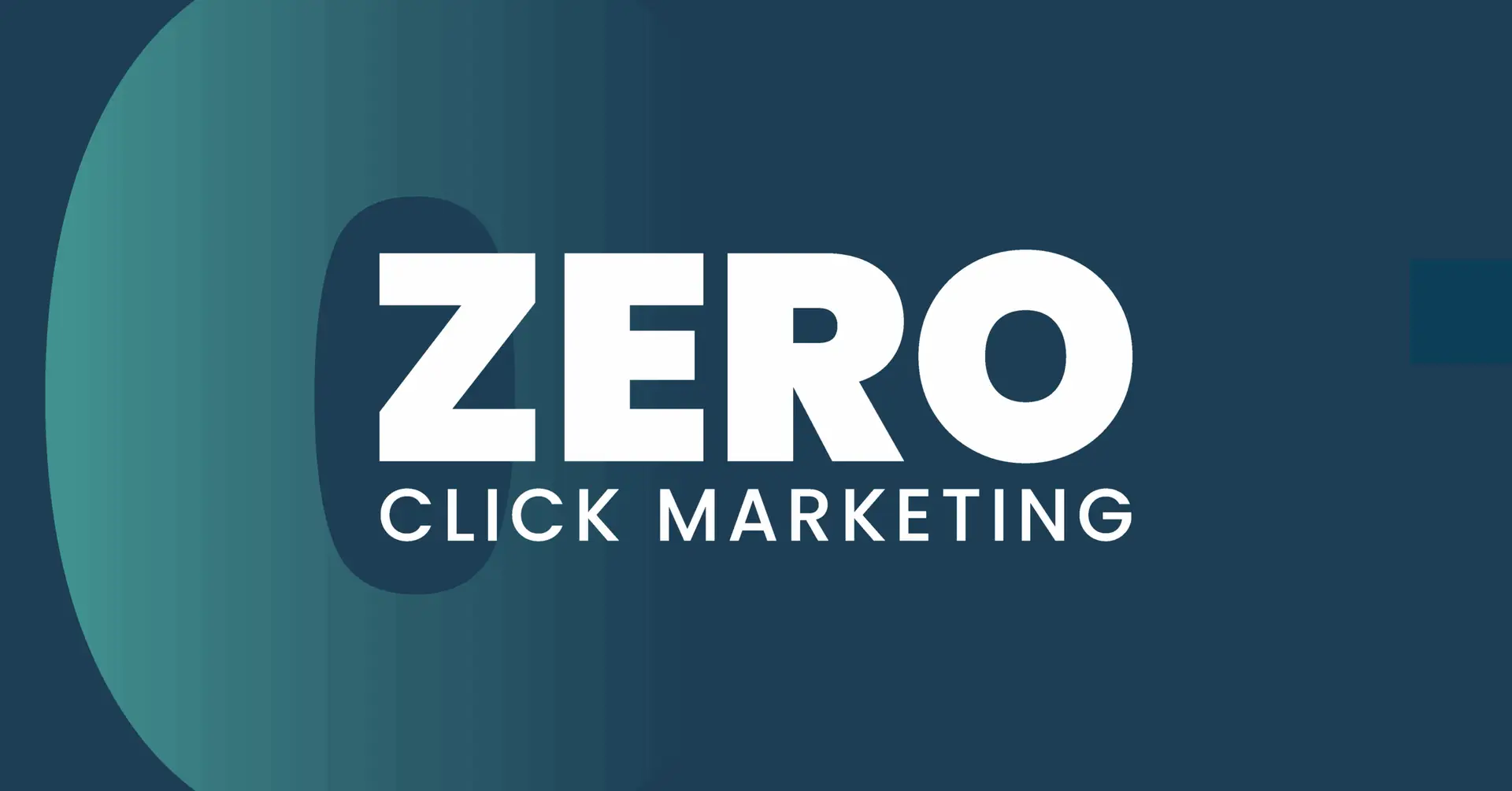
18 Nov Zero Click Marketing: Structuring Content to Win in AI Overviews
Quick Summary
Search is changing, and your business needs a new strategy. In the past, the goal was to get people to click your link in search results. Now, Google’s AI Overviews (the large answer box at the top of the page) aim to answer questions directly, often without requiring a click.
This shift is known as a Zero-Click Search. While it may sound intimidating, it is actually a significant opportunity for savvy service businesses. To win, you must stop writing general content and start structuring your pages to give the AI the exact, complete answer it wants to quote.
This guide explains how to organize your content so your business becomes the trusted source the AI highlights first.
When a customer types a question into Google, what happens?
In the past, Google displayed a list of ten blue links, and the user would choose one to click. Today, that is often no longer the case. Google now uses powerful AI to deliver answers directly on the search page in a summarized or list format.
This is a Zero-Click Search, where the customer finds their answer without ever visiting your website.
For service business executives, this shift raises an important question:
If customers are not clicking my links, how can they still find my business?
The answer lies in shifting your mindset from Search Engine Optimization (SEO) to Answer Engine Optimization (AEO).
Instead of trying to climb search rankings, your goal is to be the source that AI chooses to quote directly. This is an exciting opportunity for smaller businesses because AI values specific, trustworthy answers over big brand names.
What Are Google’s AI Overviews?
Think of Google’s AI Overview (AIO) as a highly intelligent research assistant. When someone asks a complex question, such as “What should I check before hiring a lawyer for a new business?” AIO quickly scans thousands of websites and generates one concise, easy-to-read summary at the top of the page.
If your website provides the clearest, most credible answer, the AI is likely to cite your business as a source. Appearing in this position gives your brand instant authority and visibility, the digital equivalent of being the expert quoted in a news headline.
To earn that spot, you must follow a few key rules for how you write and structure your content.
Step 1: Find the Right Questions to Answer
If you want AI to quote you, you must answer the exact questions your customers are asking. The most effective approach is to target long-tail, conversational keywords.
Move from Short to Long
Instead of only focusing on short, competitive keywords like “family lawyer.” Instead, target specific, real-world questions that people ask AI or voice assistants, such as “What is the cost of a simple divorce consultation in Dallas?”
The Power of Specificity
These longer, question-based phrases may not have a massive search volume, but they attract visitors who are ready to take action. This high intent makes them far more valuable and easier to rank for, because larger competitors often ignore them.
Your Action Plan
Utilize keyword and SEO tools to identify the precise questions your customers are asking. Then, create content pages that clearly, directly, and in plain language answer those questions.
Step 2: Use FAQs to Earn the Direct Answer Spot
AI loves well-structured information. When it finds a page with clear, organized questions and answers, it immediately recognizes the value and knows what to quote.
The best way to structure your content for AI visibility is to include robust FAQ sections on your service pages and blog posts.
Keep Answers Concise
Start each FAQ answer with a short, complete response. Avoid lengthy introductions or unnecessary details, give the AI what it needs right away.
Use Schema Markup
Ask your web developer to use Structured Data (Schema) to label questions and answers. This markup tells search engines exactly where the question is and where the answer begins, making it easier for AI to select your content for the Overview box.
Create Question-Driven Clusters
Instead of one long article that covers everything, build a cluster of pages—each dedicated to one specific question. Interlink them to show Google that your business is an authority on the topic as a whole.
Step 3: Show Your Work — Why Expertise Matters
AI has created an explosion of new content every day, much of it generic or inaccurate. To stand out, your content must demonstrate that it was created by genuineexperts with genuine experience.
Search engines rely on E-E-A-T—Experience, Expertise, Authority, and Trustworthiness—to decide which content to trust.
Cite Real Experts
List the author of each piece and ensure it is a verified professional within your firm. Include their full name, title, and credentials (such as degrees, certifications, or licenses).
Use Real Examples
Include case studies, testimonials, awards, and credentials near the content. These authentic proof points signal to both readers and AI that your business is legitimate and reliable.
Final Word
Zero-Click Search is not a threat; it is a chance to become the go-to expert in your field.
By focusing on specific questions, structuring your content with clear Q&A formatting, and proving your expertise with real credentials and examples, you can ensure your business is the one the AI quotes first.
When that happens, every Zero-Click Search becomes an opportunity to earn trust, visibility, and new clients, without relying on the click.
Don’t let AI steal your visibility. Contact Life In Motion Marketing to restructure your content for direct AI exposure.